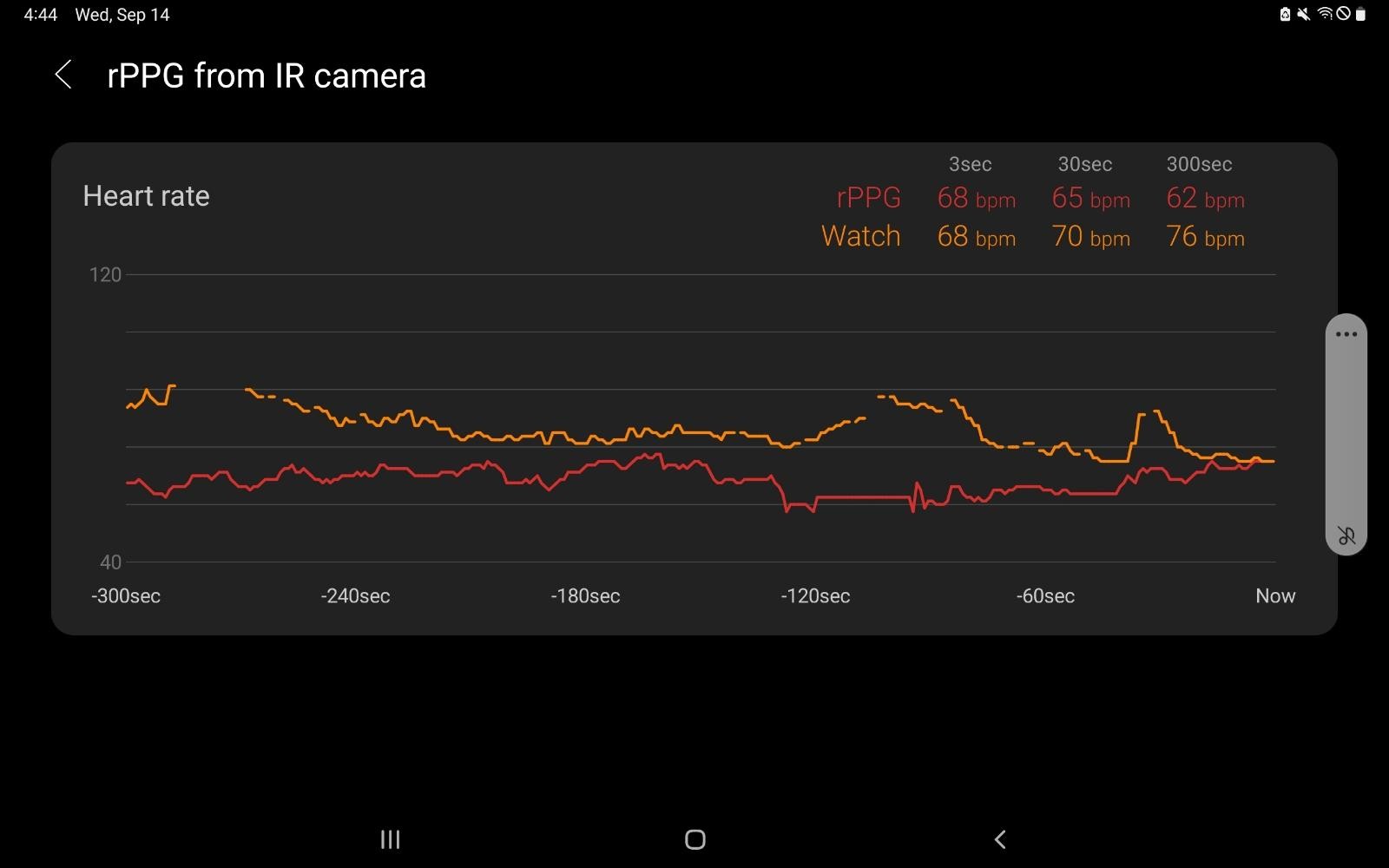There have been rapid advancements in safety technology and some automakers are now envisioning a future without accidents. While that remains a distant dream, new technologies have the potential to save thousands of lives annually.
With that in mind, we recently hopped in a BMW outfitted with Harman’s Ready Care technology at the North American International Auto Show. While the vehicle didn’t look too remarkable from the outside, you can easily tell it’s special once inside.
Besides a camera mounted on top of the instrument panel, the model was outfitted with a removable tablet that shows Ready Care data. The crossover we rode in was primarily focused on showcasing the company’s Eyes and Mind on Road technology, which monitors drivers by looking at their facial expression, eye gaze, and eyelid movements – among other things.
Also Read: Harman’s Ready Care Technology Can Tell When You’re Distracted Or Stressed And React Accordingly
While driver monitoring cameras are becoming relatively common in vehicles equipped with semi-autonomous driving systems, they primarily focus on a driver’s gaze to ensure they’re paying attention to the road ahead. Harman’s system is far more nuanced and this allows for additional capabilities with the biggest being a “Cognitive Distraction” feature.
Using data from the camera, advanced algorithms are able to determine if drivers are drowsy or distracted, and respond accordingly. While these responses can vary, the system could theoretically increase the cabin temperature and audio volume to help keep drivers awake and focused if they’re tired.
Likewise, when drivers are distracted, the system could potentially turn down the audio volume or prompt them to pay attention to the road ahead.
Be Still My Beating Heart
One of the most interesting features is heart rate monitoring via the camera. This is made possible due to remote photoplethysmography (try saying that three times fast) or rPPG for short and Harman officials told us it’s very accurate and should improve even further over time.
Heart rate monitoring opens up an assortment of new doors for safety and it could potentially detect cardiac events before they occur. As we reported earlier this year, a team from the University of Michigan Medical School was able to “isolate patterns that could accurately predict arrhythmias about five minutes ahead of time – long enough to warn drivers of the need to pull over and get help or send a medical team to assist.”
Combining these advances with semi-autonomous driving technology and telematics could allow for truly revolutionary advances in safety. In particular, if a future cardiac event is detected, it could trigger the vehicle to pull over to the side of the road and automatically call emergency services. This would not only prevent a driver from potentially becoming incapacitated behind the wheel, but also reduce the emergency response time.
On a more basic level, the system could theoretically provide driver information to first responders following an accident. This would enable them to gauge the seriousness of the crash and the condition of the driver, even before they get to the scene.
While that’s looking into the future a bit, Ready Care offers a number of benefits to automakers besides improved safety. Key among them is a minimalist sensor suite that keeps costs down while also allowing for easier integration into vehicles.
Harman said Ready Care is ready for deployment and can be used in vehicles with and without semi-autonomous driving technology. As a result, it’s possible we’ll start seeing the technology show up in production vehicles shortly and it can’t come soon enough as the company noted “driver drowsiness and distraction is the leading cause of accidents and fatalities.”














